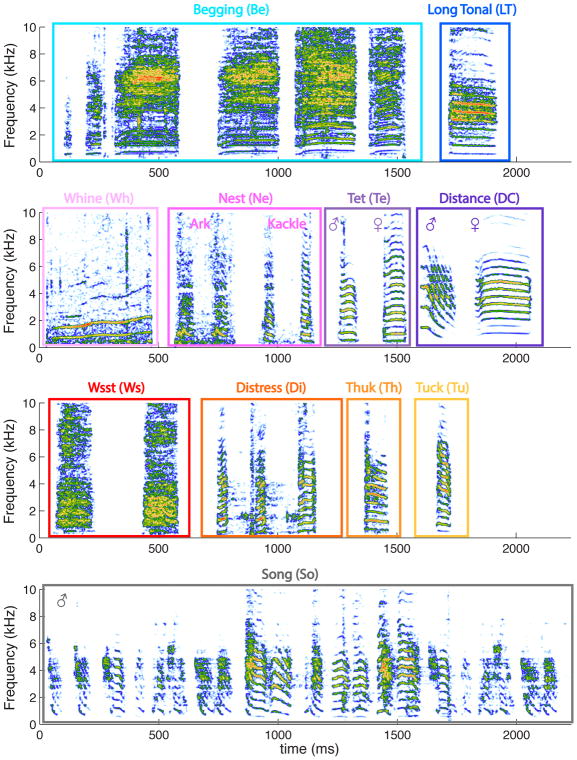Figure 3. The zebra finch vocal repertoire.
Spectrograms of examples of each vocalization type found in domesticated zebra finches. The top row shows the two types of calls produced solely by chicks: a Begging call bout and a Long Tonal call. The Long Tonal call is the precursor of the adult Distance call and functions as a contact call. The second row shows the calls produced by adults during affiliative or neutral behaviors. The Whine and the Nest calls are not only produced during early phases of pair bonding and nest building but also any time mates are relaying each other at the nest. The Tet call is a contact call produced for short-range communication while the Distance call is a contact call produced for long-range communication. Both are sexually dimorphic. The third row shows the calls produced during agonistic interactions or threatening situations by adults. The aggressive call, called the Wsst call, is made here of two syllables and is produced shortly before aggression of a conspecific. The Distress call made here of three syllables is produced by the victim during or just after the aggression. There are two alarm calls called the Thuk call, produced by parents and directed at chicks and mate, and the Tuck call, a more generic alarm call. Finally, an example of a Song, the more complex signal used by males in courtship, pair bonding and mating behavior is shown on the last row. The color code used in this figure categorizes the vocalization types into hyper classes: blue hues for chick calls, pink to deep purple hues for affiliative calls, red/orange hues for non-affiliative calls and grey/black for song. The same color code is used in all the figures. For the spectrogram colors, vocalizations in each group (rows) where normalized to peak amplitude and a 40dB color scale was used. The sounds corresponding to these vocalizations can be found online as supplemental material (chick calls, Supplementary Sound File 1; affiliative calls, Supplementary Sound File 2; nonaffiliative calls, Supplementary Sound File 3; and song, Supplementary Sound File 4). The abbreviations used for each category in other figures are given in parenthesis.

